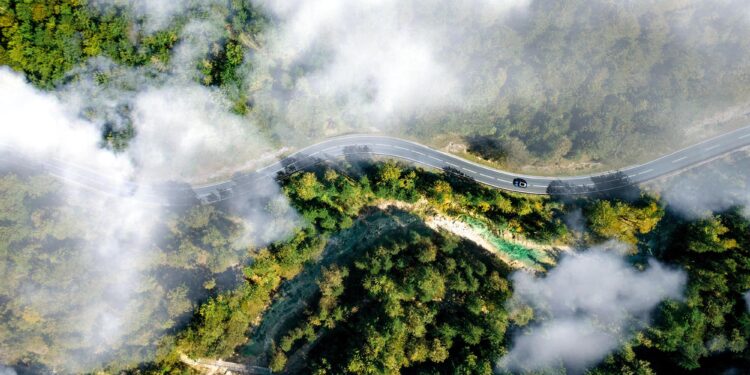Green Critical Minerals (ASX: GCM) has confirmed a 160 km long rare earth elements (REE) trend detected by Geoscience Australia (GA) on the company’s North Barkly Project in the Northern Territory of Australia.
During October 2022, Green Critical Minerals mobilised a contract to the remote project area in order to conduct widely spaced soil sampling over the south-eastern 70 km.
Unusually early persistent and heavy rainfall created boggy conditions and unfortunately restricted the sampling to the most south-easterly 30 km of the planned programme only.
A total of 65 samples were collected and each sample site was photographed in order to confirm the location and nature of the anomalous material. In all cases the sample was taken from near surface clay with a small proportion of iron lag grains.
The samples were processed and analysed identically to the GA method and returned the same level of rare earths. Spatially, the > 200 ppm total rare earths zone correlates well with the trend of the 160 km GA > 200 ppm zone.
Ionic Clay hosted REE Potential
GCM says these results confirm that the project has the potential for a very large ionic clay REE deposit at a shallow depth, most likely less than 30 m. Such a deposit would be expected to be present as a blanket underlying the environs of the surface area rare earths trend
IOCG Potential
The nearest GA sample was also the highest in multi element anomalism within their entire Barkly Tableland sampling programme. The peak elements included copper, cobalt, silver, bismuth, iron, lead, niobium, tungsten, tellurium, uranium, and molybdenum. These elements also accompanied the peak rare earths in the GCM survey.
This element association is typical of the chemical dispersion from an IOCG style mineral deposit (e.g. Olympic Dam, Ernest Henry, and Starra). Gold is not anomalous as it is insoluble under non-saline conditions and does not travel in solution, unlike these other elements.
A 100 m deep modelled magnetic and gravity anomaly lies six km along trend of the peak metal and rare earth anomalism and presents an immediate large scale IOCG target at an unusually shallow 100 m depth.
In 1995, BHP drilled close to this geochemical and geophysical target, and encountered copper, lead and zinc anomalism including sulphides from 90 to 400 m. BHP did not assay the top 90 m of the hole at all and none of it for rare earth elements. GCM considers this hole to be a near miss result. Since that time, more accurately positioned holes can be drilled based on GCM commissioned interpretation of the detailed magnetic and gravity surveys that have been conducted by Geoscience Australia.
GCM is planning to extend the soil sampling programme to the north-west, early in the next dry season. More detailed sampling is to take place over the modelled IOCG targets. This extended coverage will include the current EL applications which should be granted by that time.
GCM intends to drill the MD1A IOCG target, initially testing the laterite soil profile for clay hosted ionic rare earths, but also for deeper base metals and gold. The timing of this programme will depend upon access agreements, weather, and suitable rig availability.
For further information please visit: https://gcminerals.com.au/












